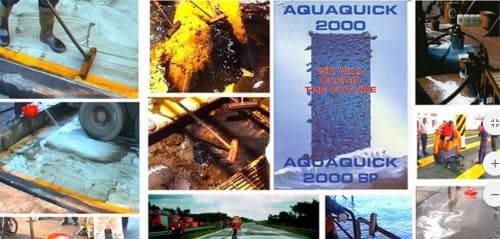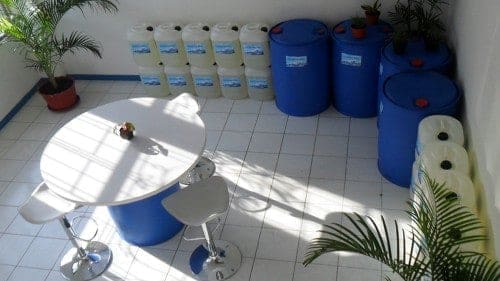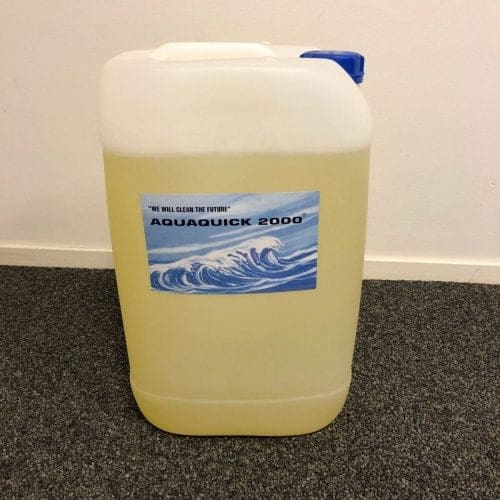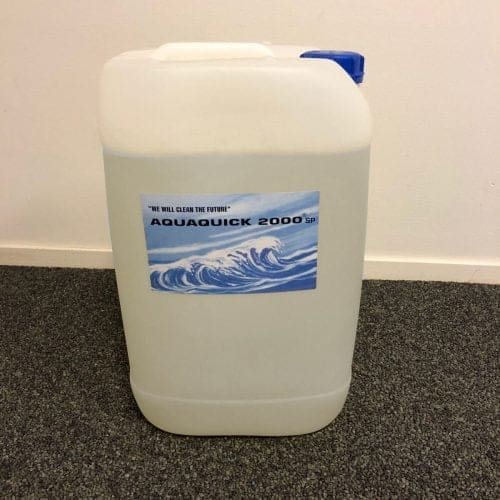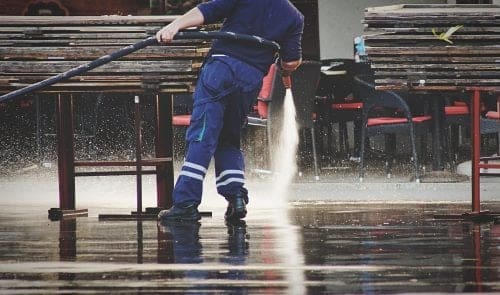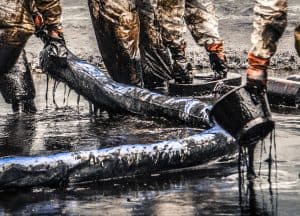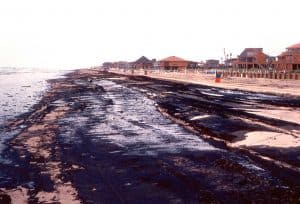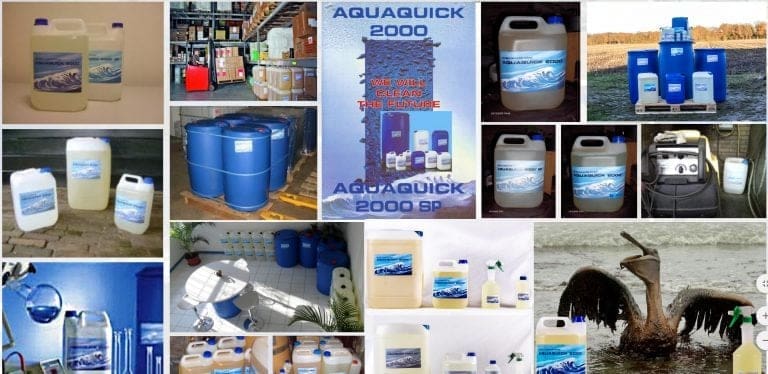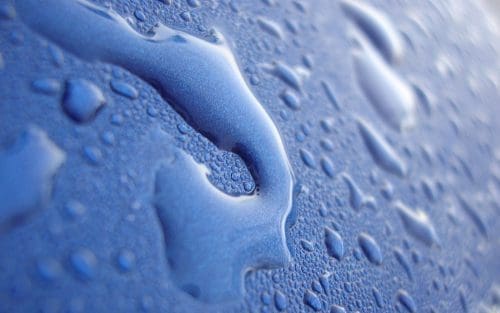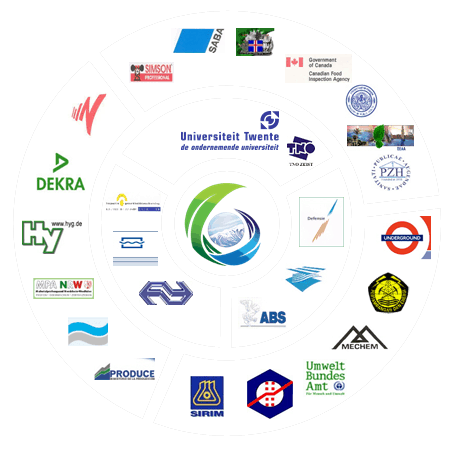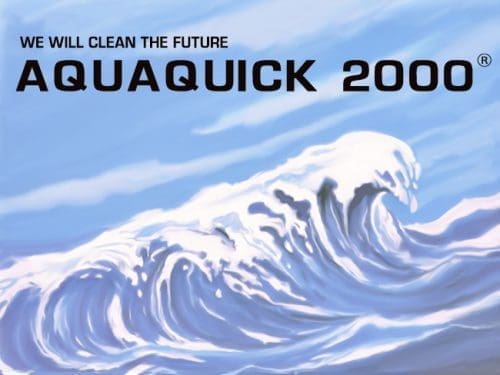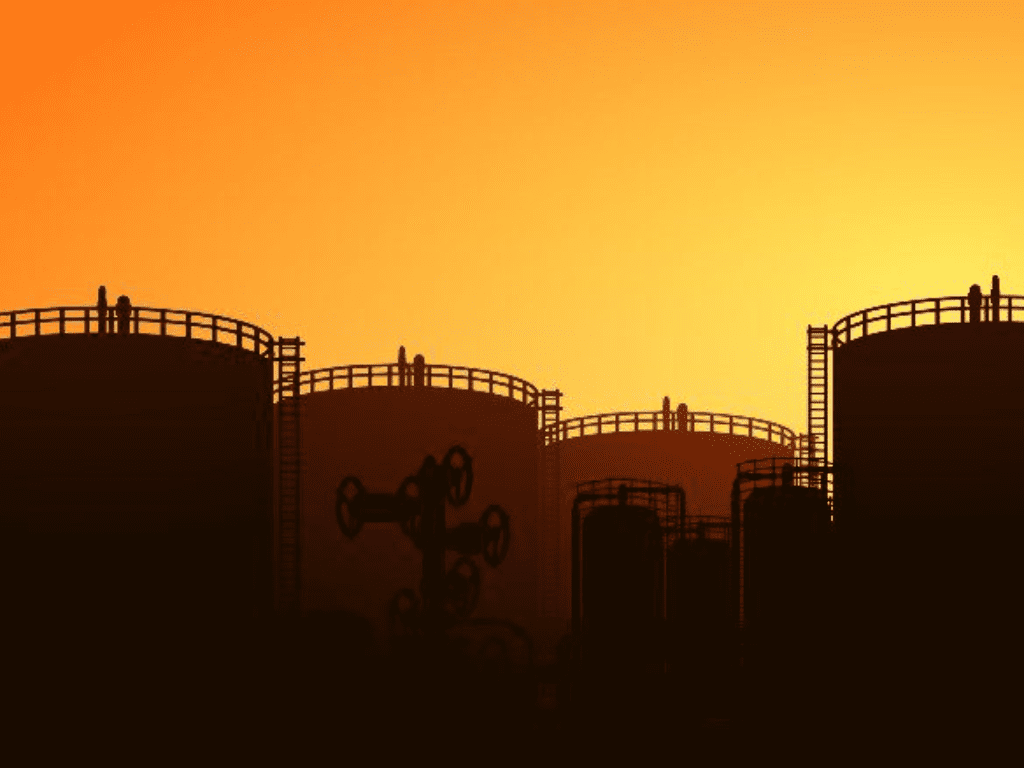Maintaining a clean tank, whether it’s for industrial use, aquariums, or water storage, is critical for both the longevity of the tank and the health of its contents. A dirty tank can lead to a multitude of issues, including contamination, equipment failure, and health hazards. This is where the role of a tank cleaner becomes indispensable. In this comprehensive guide, we will explore the importance of tank cleaning, the different types of tank cleaners available, the methods used, and tips for selecting the right tank cleaner for your needs.
Understanding the Importance of a Tank Cleaner
A tank cleaner plays a vital role in ensuring that tanks, regardless of their use, remain in optimal condition. Over time, tanks can accumulate various forms of debris, algae, bacteria, and other contaminants that can compromise the quality of the stored material, whether it’s water, chemicals, or even food products. Regular cleaning not only prolongs the life of the tank but also ensures that its contents remain safe and usable.
Why Regular Tank Cleaning is Necessary?
- Preventing Contamination: A dirty tank is a breeding ground for harmful bacteria and pathogens. These can contaminate the contents, leading to serious health risks if the tank holds water or food products. In industrial tanks, contamination can lead to product spoilage or even hazardous chemical reactions.
- Maintaining Efficiency: Sediment and buildup inside tanks can reduce their efficiency. For example, in water heaters, mineral deposits can accumulate, reducing the tank’s heating efficiency and increasing energy costs. A regular tank cleaner routine helps to maintain the tank’s optimal performance.
- Prolonging Tank Lifespan: Corrosion is a common issue in tanks that are not regularly cleaned. Rust and other forms of corrosion can weaken the tank’s structure, leading to leaks or even complete tank failure. Using a tank cleaner to remove corrosive agents ensures the tank remains durable over time.
- Compliance with Regulations: Many industries are required by law to maintain clean tanks. Regular cleaning ensures compliance with health, safety, and environmental regulations, avoiding hefty fines and potential legal issues.
Types of Tank Cleaners
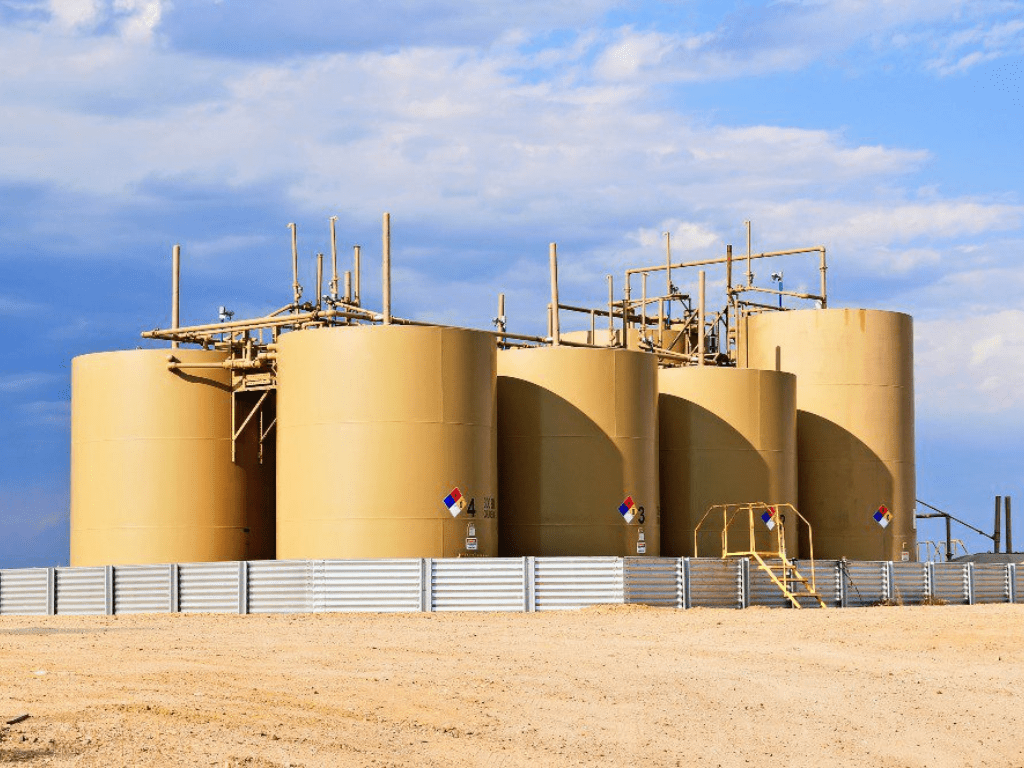
The type of tank cleaner you choose depends on the tank’s material, the substance it holds, and the nature of the buildup or contamination. Here, we break down the main types of tank cleaners available:
1. Chemical Tank Cleaners
Chemical tank cleaners are substances specifically formulated to break down and remove tough residues, rust, scale, and other deposits. These cleaners are widely used in industrial settings where tanks store chemicals, oils, or other harsh substances.
- Acidic Cleaners: These are typically used to remove mineral deposits, such as limescale, from metal tanks. They are effective at dissolving inorganic materials but must be handled with care due to their corrosive nature.
- Alkaline Cleaners: These are used to clean organic residues like grease, oil, and fats. They work by breaking down the oils into smaller particles that can be easily rinsed away.
- Solvent Cleaners: These cleaners dissolve oily residues and are often used in tanks that store petroleum products. They are effective but can be hazardous if not used correctly.
2. Mechanical Tank Cleaners
Mechanical tank cleaners involve the use of tools and equipment to physically remove dirt, sludge, and buildup from the tank’s interior.
- High-Pressure Washers: These devices spray water at high pressure to dislodge stubborn deposits. They are effective for tanks with large, flat surfaces but may require manual intervention for more complex tank geometries.
- Scrapers and Brushes: These are used for tanks that cannot be cleaned with high-pressure washing or chemical cleaners. Scrapers and brushes can reach into corners and remove stubborn debris that other methods might miss.
- Automated Tank Cleaning Systems: These systems use rotating nozzles or robotic devices to clean the inside of the tank. They are highly efficient and can clean tanks without the need for human entry, making them safer for workers.
3. Biological Tank Cleaners
Biological cleaners use natural enzymes and bacteria to break down organic waste inside tanks. These are often used in septic tanks or wastewater treatment systems.
- Enzyme Cleaners: These cleaners contain enzymes that break down organic materials into simpler substances, which can then be easily rinsed away.
- Bacterial Cleaners: These use beneficial bacteria to consume and break down waste materials. This method is eco-friendly and helps maintain a natural balance in tanks used for wastewater or sewage.
4. Specialized Tank Cleaners
Certain tanks require specialized cleaners due to the nature of their contents or the materials they are made from.
- Aquarium Tank Cleaners: Aquariums require gentle cleaners that won’t harm the aquatic life inside. These cleaners often include algae scrapers and non-toxic solutions.
- Food-Grade Tank Cleaners: Tanks that store food products require cleaners that are safe for use in food-grade environments. These cleaners are typically non-toxic and easy to rinse away.
- Fuel Tank Cleaners: These are specialized for cleaning tanks that store gasoline, diesel, or other fuels. They are designed to remove sludge, varnish, and other fuel-related deposits.
Methods of Using a Tank Cleaner
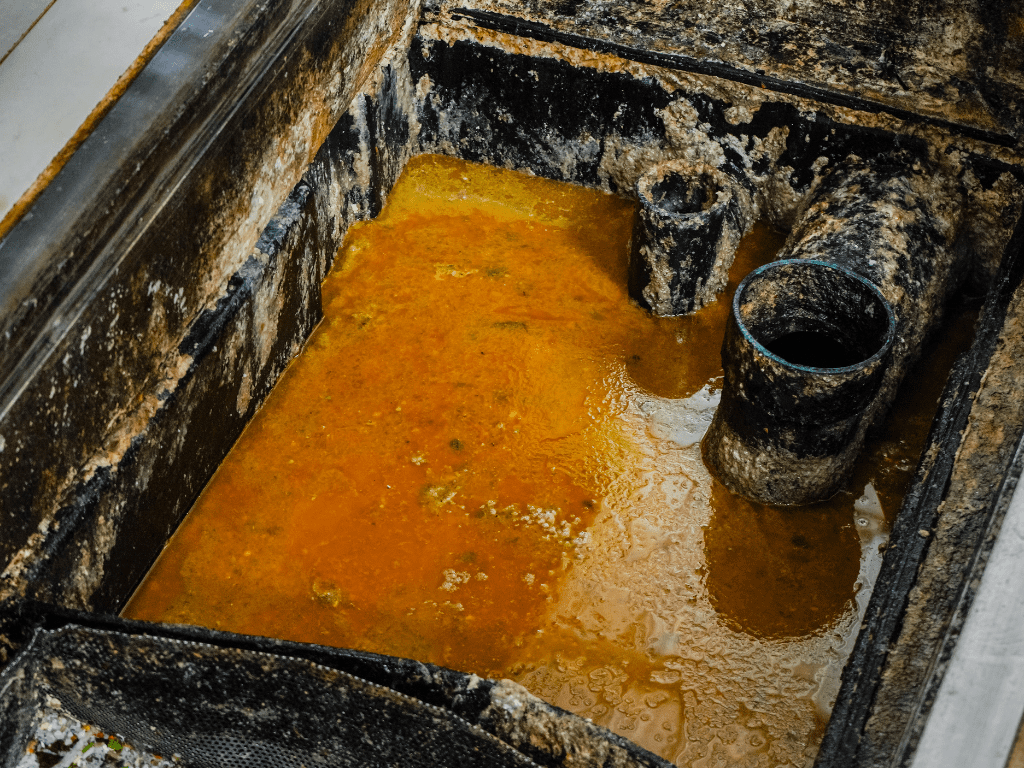
The method used to clean a tank depends on the type of tank cleaner being employed and the specific needs of the tank. Below are some common methods:
1. Manual Cleaning
Manual cleaning involves physically entering the tank and using scrapers, brushes, and other tools to remove debris and buildup. This method is labor-intensive and often requires specialized safety equipment to protect workers from hazardous substances.
- Safety Considerations: Manual cleaning poses risks, especially in confined spaces. Workers must use personal protective equipment (PPE) and follow strict safety protocols to avoid exposure to harmful chemicals or gases.
- Effectiveness: Manual cleaning is highly effective for tanks with complex geometries or where precision is required. However, it is time-consuming and may not be suitable for all tank types.
2. Automated Cleaning
Automated cleaning systems use robotic devices or rotating nozzles to clean the inside of the tank. These systems can be programmed to clean specific areas or to perform a complete tank cleaning.
- Advantages: Automated cleaning is safer for workers since it doesn’t require human entry into the tank. It’s also faster and can clean tanks more thoroughly, especially those with large or complex structures.
- Disadvantages: Automated systems can be expensive to install and maintain. They may also require regular calibration and monitoring to ensure they are cleaning effectively.
3. Chemical Cleaning
Chemical cleaning involves filling the tank with a cleaning solution and allowing it to soak. The solution dissolves or loosens deposits, which can then be flushed out.
- Safety Considerations: Chemical cleaning can be hazardous if the chemicals used are toxic or corrosive. Proper ventilation and PPE are essential.
- Effectiveness: Chemical cleaning is highly effective for removing tough deposits and is often used in industrial settings. However, it may not be suitable for tanks that cannot be easily drained or flushed.
4. High-Pressure Cleaning
High-pressure cleaning uses water or other cleaning solutions sprayed at high pressure to remove dirt and debris. This method is particularly effective for tanks with large, flat surfaces.
- Advantages: High-pressure cleaning is quick and can remove large amounts of buildup in a short time. It’s also less labor-intensive than manual cleaning.
- Disadvantages: This method may not be effective for tanks with complex geometries, and there’s a risk of damaging the tank’s interior surfaces if the pressure is too high.
Choosing the Right Tank Cleaner
Selecting the right tank cleaner is crucial to ensuring that your tank remains clean without causing damage to the tank or its contents. Here are some factors to consider:
1. Tank Material
Different tank materials require different cleaning approaches. For example, metal tanks may need acid cleaners to remove rust, while plastic tanks might require gentler cleaners to avoid damage.
- Compatibility: Ensure that the tank cleaner you choose is compatible with the tank material. Using the wrong cleaner can cause damage or reduce the tank’s lifespan.
2. Tank Contents
The contents of the tank determine the type of cleaner required. For instance, food-grade tanks need non-toxic cleaners, while fuel tanks require cleaners that can dissolve oil and sludge.
- Safety: If the tank holds drinking water or food, ensure the tank cleaner is safe for use in these environments. Avoid cleaners that leave harmful residues.
3. Type of Contamination
The nature of the buildup or contamination will influence the choice of cleaner. Heavy mineral deposits may require an acidic cleaner, while organic buildup might be better tackled with an enzyme-based cleaner.
- Effectiveness: Choose a tank cleaner that is specifically designed to handle the type of contamination present in your tank. This ensures the cleaning process is both efficient and effective.
4. Environmental Considerations
Some cleaners are more environmentally friendly than others. If your tank cleaning process involves discharging the cleaning solution into the environment, consider using biodegradable or non-toxic cleaners.
- Regulations: Be aware of any environmental regulations governing the disposal of tank cleaning solutions. Choosing an eco-friendly tank cleaner can help you stay compliant.
5. Cost
The cost of a tank cleaner can vary widely depending on the type and quantity required. While it may be tempting to choose a cheaper option, consider the long-term costs associated with ineffective cleaning, such as tank damage or contamination.
- Cost-Benefit Analysis: Weigh the upfront cost of the cleaner against the potential savings in maintenance, energy efficiency, and tank longevity. In many cases, a higher-quality cleaner can lead to significant savings over time.
Tips for Effective Tank Cleaning

To ensure that your tank cleaning process is as effective as possible, follow these tips:
- Regular Maintenance: Schedule regular cleaning sessions based on the tank’s usage and the type of contents it holds. This prevents buildup from becoming too severe.
- Proper Draining: Before using any tank cleaner, ensure that the tank is properly drained. Residual liquids can dilute the cleaner and reduce its effectiveness.
- Follow Instructions: Always follow the manufacturer’s instructions for the tank cleaner you are using. This ensures the cleaner works as intended and reduces the risk of damage.
- Rinse Thoroughly: After cleaning, rinse the tank thoroughly to remove any residual cleaning solution. This is especially important for tanks that hold water or food products.
- Inspect Regularly: After cleaning, inspect the tank for any signs of damage, corrosion, or residual buildup. This allows you to address issues before they become serious.
- Safety First: Always prioritize safety when cleaning tanks, especially when using chemical cleaners or working in confined spaces. Use appropriate PPE and ensure proper ventilation.
Why AQUAQUICK 2000 Is Ideal For Tank Cleaning?
AQUAQUICK 2000 is an ideal solution for tank cleaning due to its unique combination of efficiency, safety, and environmental friendliness. This biodegradable and non-toxic cleaning agent is specifically designed to tackle a wide range of contaminants, including oils, greases, and other organic residues, making it versatile for use in various types of tanks.
One of the standout features of AQUAQUICK 2000 is its effectiveness in breaking down and emulsifying oil-based contaminants without the need for harsh chemicals. This ensures a thorough cleaning process while safeguarding the structural integrity of the tank and the health of those performing the cleaning. Its ease of application, whether through spraying, immersion, or circulation, allows for flexible and convenient use in different tank cleaning scenarios.
Additionally, AQUAQUICK 2000 meets stringent environmental standards, making it safe for use in sensitive environments, including those involving potable water or food storage. By choosing AQUAQUICK 2000 tank cleaner, users can ensure a powerful cleaning performance while minimizing environmental impact and adhering to health and safety regulations. This makes it a reliable and responsible choice for maintaining clean and efficient tanks.
Conclusion
A tank cleaner is an essential tool in maintaining the integrity and efficiency of any tank, whether it’s for industrial use, water storage, or aquariums. Regular tank cleaning not only prevents contamination and prolongs the lifespan of the tank but also ensures compliance with regulations and reduces operational costs. By understanding the different types of tank cleaners available and the methods for using them, you can select the right tank cleaner for your needs and ensure that your tank remains in optimal condition.
The key to effective tank cleaning lies in choosing the right tank cleaner based on the tank’s material, contents, and type of contamination. Regular maintenance, proper use of cleaning solutions, and adherence to safety protocols will keep your tank clean and efficient, ensuring that it continues to serve its purpose for years to come.

